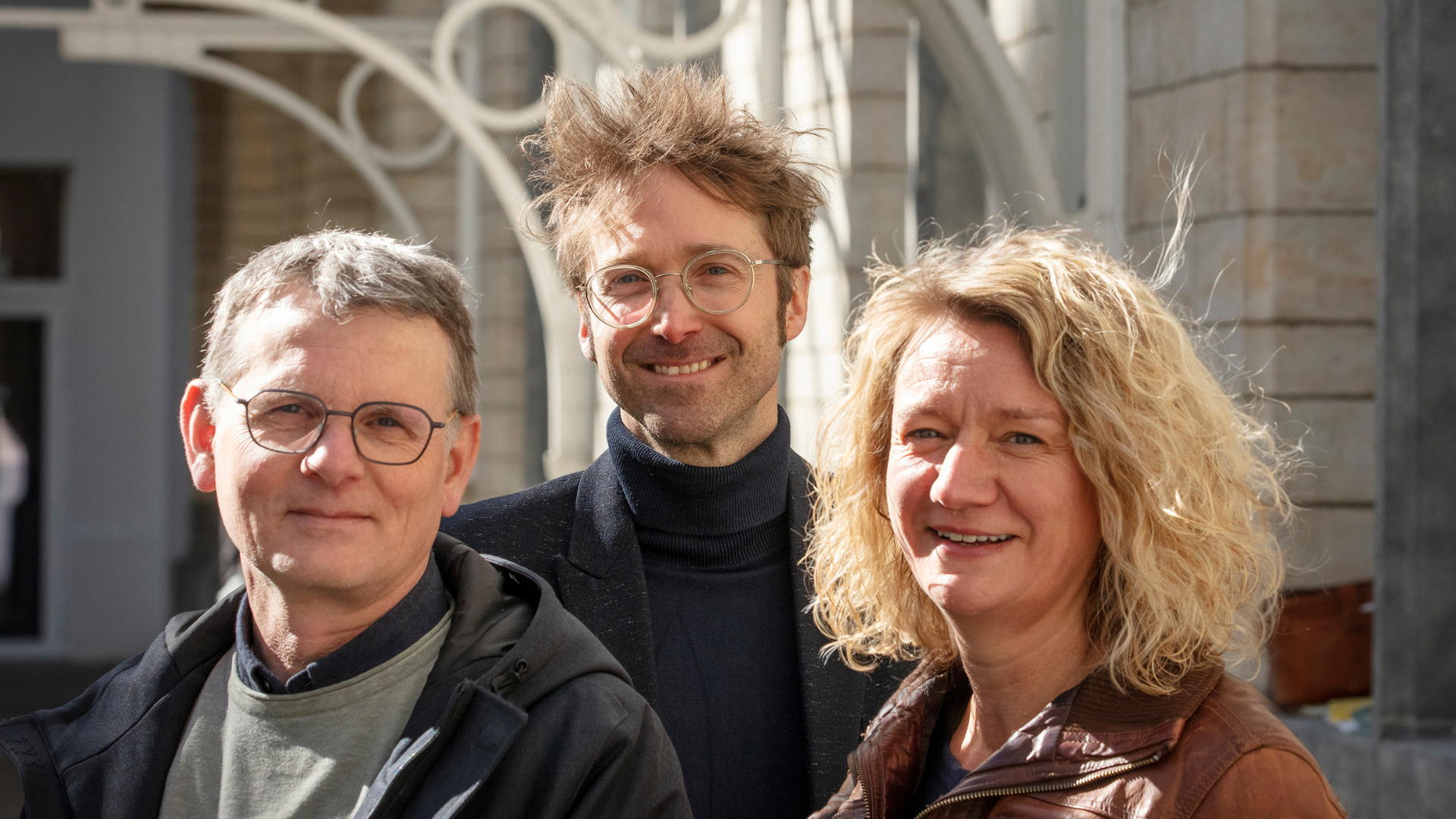A new postgraduate programme at UAntwerp leverages design for change, both in organisations and in society.
Design is about more than shiny lifestyle products or aesthetic objects. Design is essentially a way of thinking, a methodical approach to solving complex problems. This is the point of departure for the new postgraduate programme Leading Change by Design, developed by UAntwerp in cooperation with a network of experts. It’s a transdisciplinary programme that prepares students and professionals to take an active role in social transitions through design.
For whom is this programme intended?
Professor Alexis Jacoby, chair of the Department of Product Development, has long been convinced of the power of design as a strategic tool.
‘We’ve been building this programme for two years,’ Jacoby explains. ‘On the one hand, we’re targeting bachelor and master students, and on the other, people who already have several years of experience in any discipline and who are ready to commit to bringing about change through design.’
That the programme doesn’t focus purely on designers is a conscious choice. It’s precisely the cross-pollination between different backgrounds that makes the programme so rich.
‘We’re also targeting people who already have several years of professional experience,’ Jacoby continues. ‘They often sense that certain tools and techniques from design can make an interesting contribution to their work.’
Students from related fields such as architecture, urban planning, sociology and policy sciences will also feel right at home in the programme.
‘We’re aiming at students who’ve never been educated this way before, but who do feel the need to think and act differently,’ Jacoby stresses. ‘We strongly believe in the power of interdisciplinary collaboration,’ he continues. ‘That’s why we teach the programme to people from different backgrounds.’
Ivo Dewit, academic coordinator and lecturer: ‘Design is about things that people really need in their daily lives. That can be a product, but also a service or system. The programme aims to meet real social needs.’
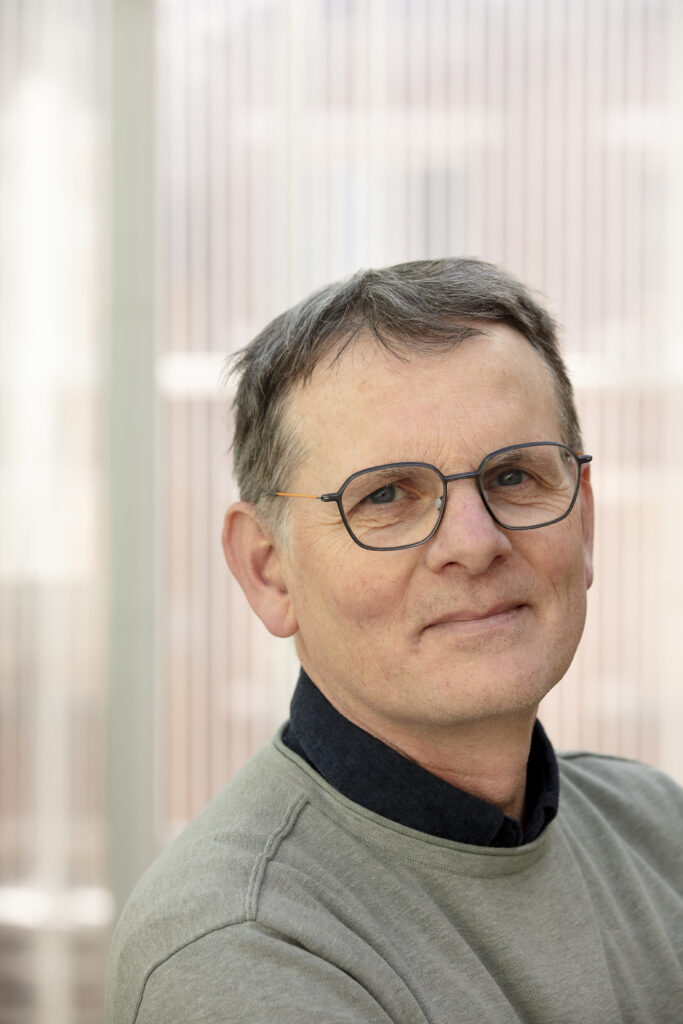
Alexis Jacoby, chair of the Department of Product Development
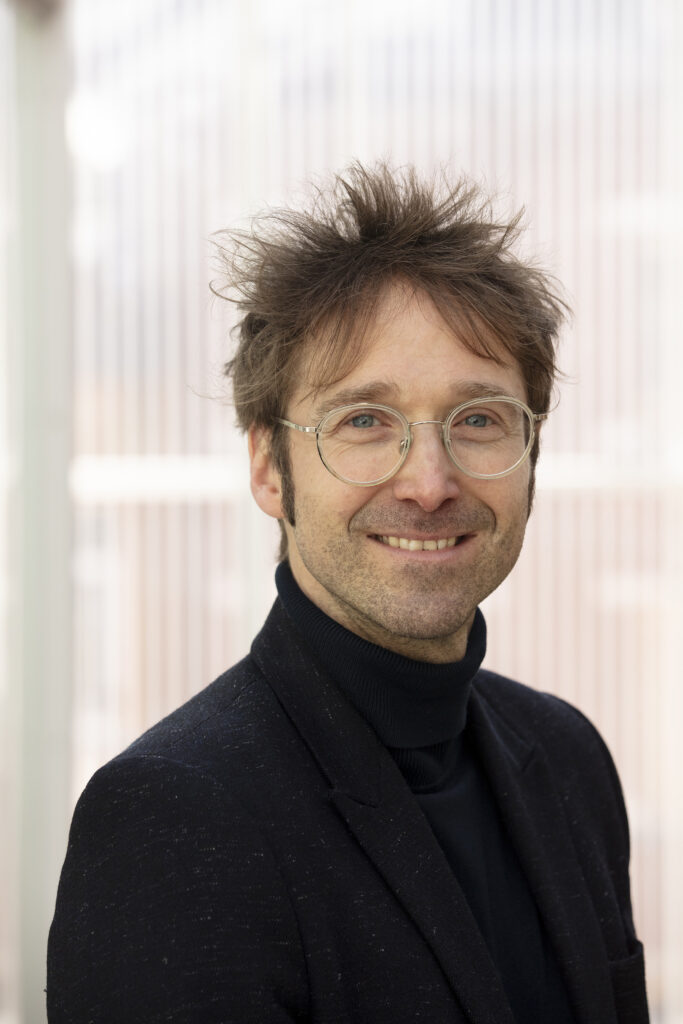
Systemic and service design: what does it mean?
Two main design approaches are used within the programme: service design and systemic design.
‘Service design is about the choreography of the interaction between user and provider,’ Ivo explains. ‘For example, how does a student experience the university as a service provider? Which instances of contact between the two make the difference? Those insights are crucial if you want to improve service provision.’
Alexis adds: ‘Systemic design takes place at a different level. It deals with complex issues such as sustainability, welfare and social inequality. Here, there’s no linear relationship between problem and solution. You have to understand how the system works and where you can intervene to bring about sustainable change.’
An academic backbone and social ambition
What makes this programme unique?
Unlike traditional programmes revolving around change, the point of departure of Leading Change by Design is that the design process can be leveraged to make an impact.
‘The main difference being that we don’t stop at analysis,’ Alexis explains. ‘We progress to synthesis: how can we bring all the information together to create creative, innovative solutions? That’s the added value of design.’
According to Hilde Van Dyck, an academic coordinator and researcher who’s also involved in the programme, it goes beyond methodology.
‘It’s also about personal growth. How do you handle change as an individual? What are your strengths and your pitfalls? We offer a personalised approach. You don’t just learn a model from a book, but discover how you collaborate and absorb leadership.’
This combination of personal development, leadership training and design-driven innovation is unique in the Flemish and international educational landscape, say the initiators.
‘A designer’s attitude is essential,’ says Hilde. ‘You learn to think in processes, not in end products. What you design can be a service, a strategy or an experience. It’s typically something you can’t touch, but feel is there. The programme provides students with the tools not only to design, but also to analyse, reflect and position in broader social and political contexts.’
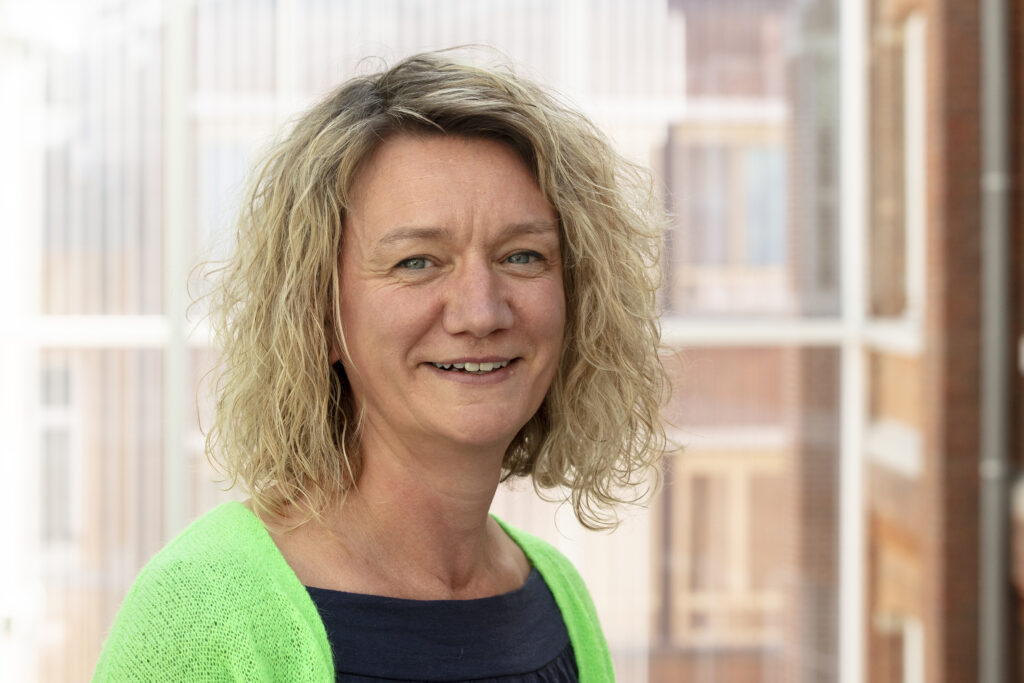
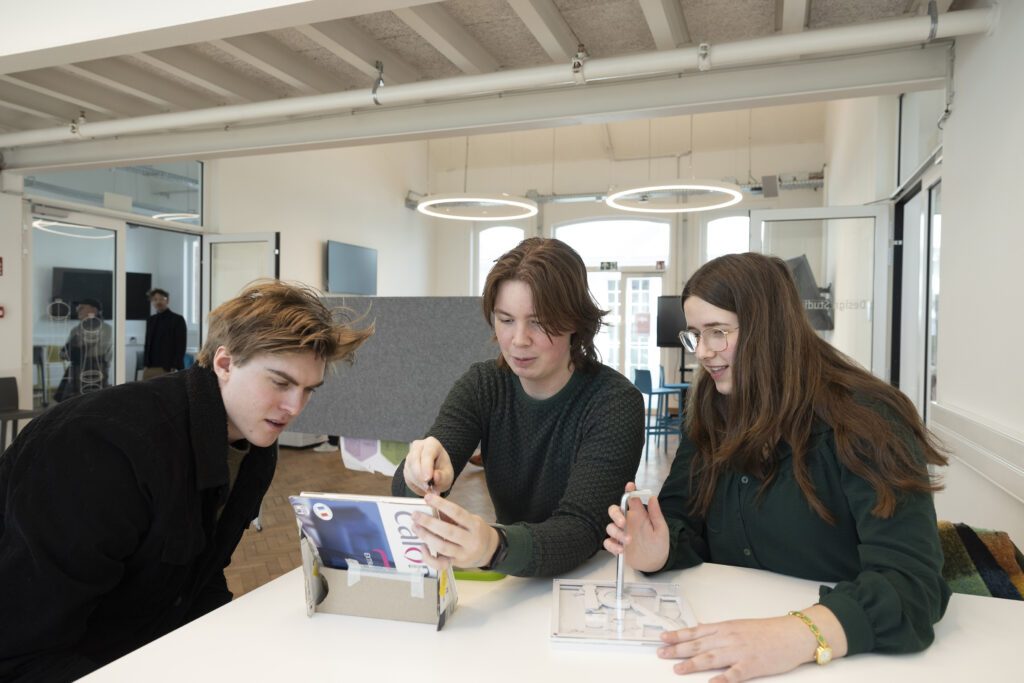
The five meta skills
The course is built around five modules that enable participants to deal with complex challenges:
- Sense making in uncertainty – learning to deal with ambiguity and uncertainty
- Navigating complexity – systemic thinking and acting in complex contexts
- Leading change – developing personal leadership in change processes
- Creating change – getting from ideas to interventions using design methods
- Communicating for impact – communicating impact clearly, persuasively and strategically
These skills aren’t taught in separate courses, but embedded in challenge-based projects, in which participants work on real issues, together with external partners.
‘We don’t want a thinking exercise, but real impact,’ Ivo stresses. ‘Participants get to work with concrete cases from society, such as the teacher shortage, the circular transition and student wellbeing.’
Connecting with society
The programme also resonates outside academia. Ivo sees the potential for real impact.
‘I believe very strongly in leveraging design to bring consumers, citizens and policymakers closer together,’ says Ivo. ‘What makes this programme unique is that it centres on dialogue: between sectors, between disciplines and between people.’
Ivo will be involved as a guest speaker and partner in concrete projects within the programme. This link with practice is crucial, he believes.
‘We need people who can contribute knowledge and imagination to our society. This kind of programme helps shape those profiles.’
Everyone’s a designer
What does it actually mean to be a designer in this context?
‘It’s all about meta skills and attitude,’ says Hilde. ‘Curiosity, openness, the courage to ask questions and the ability to act. You learn to think and to do.’
‘Everyone can become a creative problem-solver in their own context,’ Alexis adds. ‘Once you’ve internalised the approach, you can use it in your own work environment.’
Ivo: ‘It’s about getting people on board, translating ideas into action. This requires leadership as well as practical tools.’
And what do teachers expect from their participants?
‘That they have the guts to take real steps,’ Hilde says. ‘We want to educate people who dare to take responsibility and who show leadership, but who also know what their talents and limitations are. As Pippi Longstocking used to say: “I have never tried that before so I think I should definitely be able to do that.” That hint of playfulness is important.’
‘And people who don’t just think about what the world is like, but also about what it could be like,’ Alexis concludes. ‘That’s the essence of this programme.’
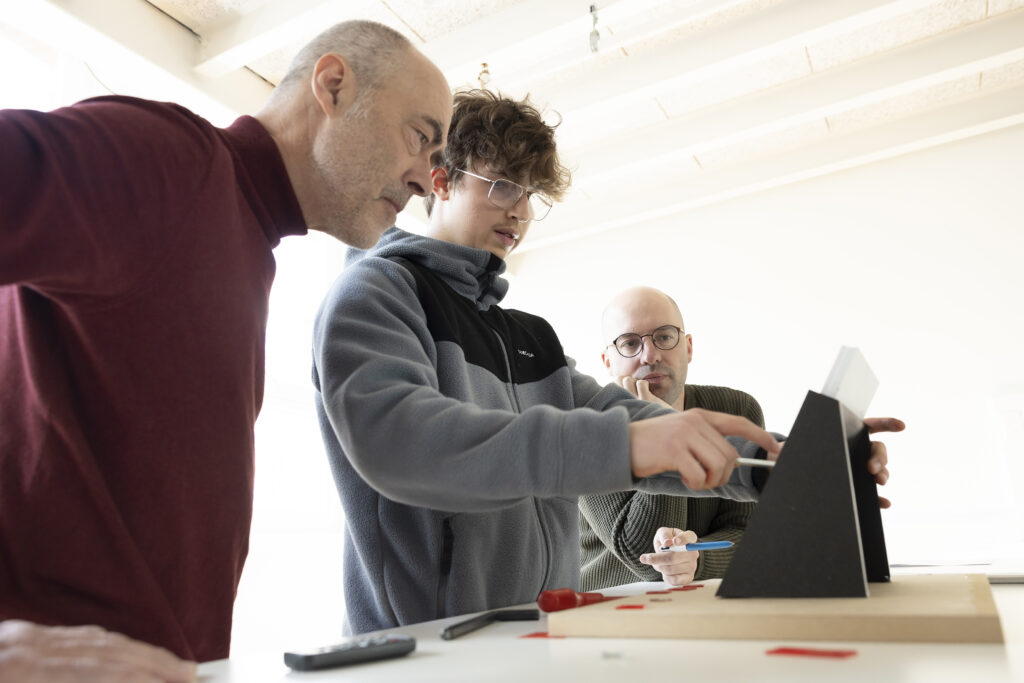
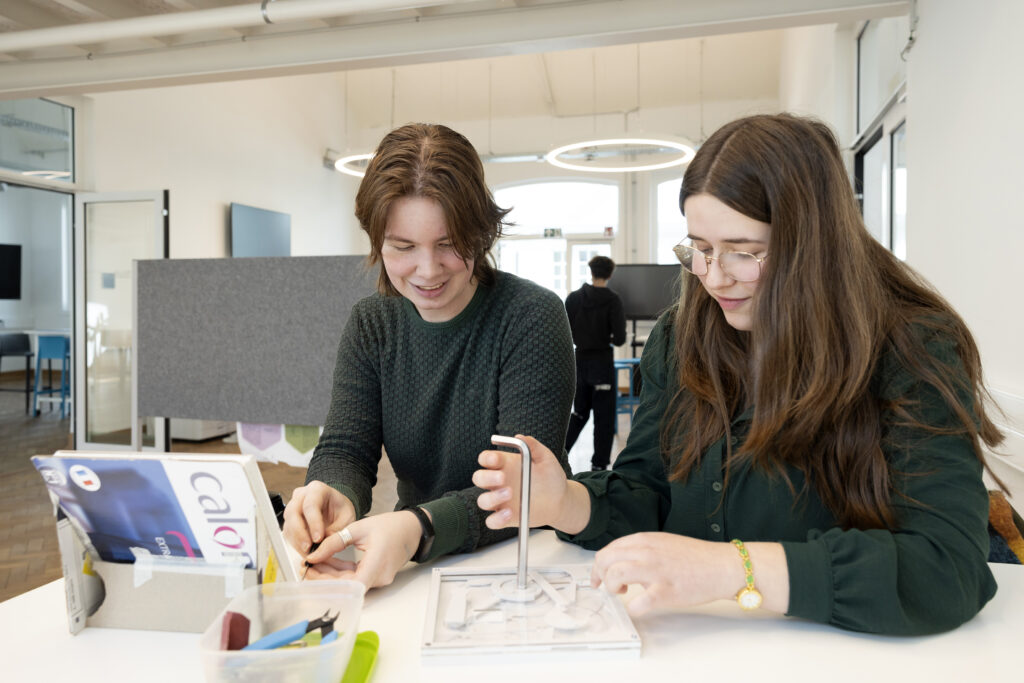
What’s in it for organisations?
Organisations that hire people with this profile gain:
- Flexibility and agility
- More efficient collaboration and clear focus
- Better use of internal creativity
- Increased impact through targeted consultation
- Strengthened innovation capacity across disciplines
‘With more than 20 experts, both from academia and the field, we guarantee a balanced programme,’ says Dewit. ‘This postgraduate degree isn’t an expense, but an investment in the future of your organisation.’
Practical
The programme runs from September to June and includes:
- 30 credits, workload of 2 days per week
- Class on Monday (subject to change)
- Real-life challenge-based tracks, supported by five thematic modules
‘It’s a sizeable commitment,’ admits Alexis. ‘But it opens up a world where you can make a real difference as a professional or starter. And you grow, both as a person and as a creator.’
Want to know more?
A final word of encouragement from Hilde for those hesitating to enrol: ‘Don’t hesitate. Life is for the brave. You’ll step out of your comfort zone, but a world will open up for you. We provide a safe environment to learn, fail and grow.’
Interested in an introductory meeting or more information?
Go to uantwerpen.be/leading-change-by-design


